One example of how natural infrastructure—beyond the bridges and highways we tend to picture—helped improve public safety for future floods and give a boost to a legendary trout fishery
Situated along the Pennsylvania border in the western foothills of the Catskills, Sands Creek is one of the most critical trout spawning tributaries in the Upper Delaware River watershed. The creek feeds into the West Branch of the Upper Delaware in the village of Hancock, where the downtown overlooks the confluence of East and West branches. This is also one of the most frequently flooded counties in the nation. Anglers are drawn to the Upper Delaware because of its feisty population of wild brown and rainbow trout and legendary mayfly and caddis hatches.
This is a place where sportsmen and women have been a part of achieving a mindset shift around infrastructure: Beyond roads, bridges, and airports, natural infrastructure—as simple and cost-effective as strategically placed boulders—has re-shaped the Upper Delaware so that it’s safer and more flood-resilient, while enhancing fish habitat and sportsmen’s access.
Here’s how the community came together and why lawmakers should broaden the scope of what they consider to be critical infrastructure.
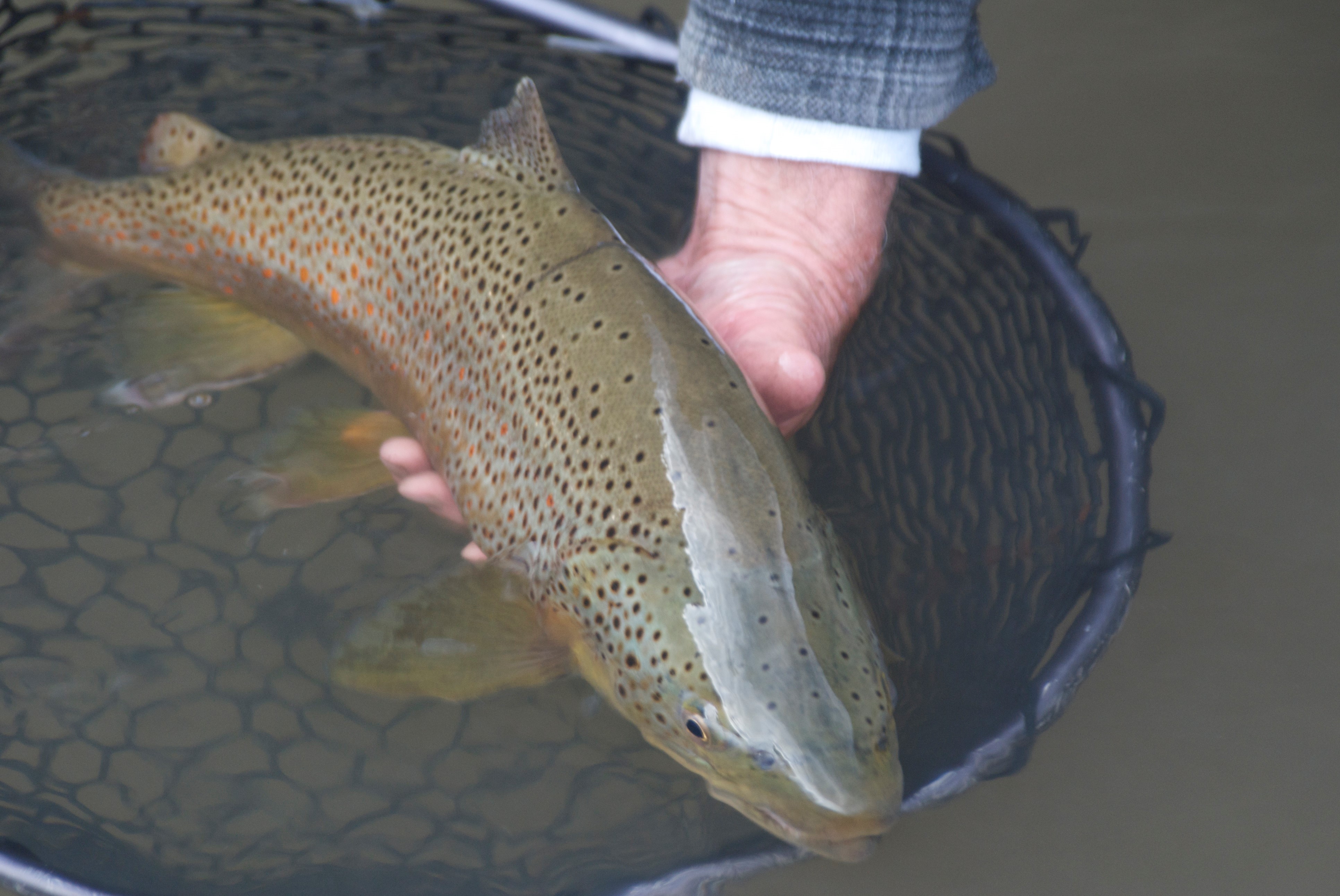
When It Rains, It Floods
New York’s Delaware County, home to Sands Creek, is no stranger to rising waters: The county has had more federal flood emergency declarations than any other in the state, and it is among the most frequently flooded counties in the nation. A devastating flood in 2006, the third in as many years, actually washed away much of the basic infrastructure in the region. In 2011, the one-two punch of Hurricane Irene and Tropical Storm Lee spurred conservation groups and local government officials into action, not just to rebuild washed out roads, but to revamp the river so that future floods wouldn’t have the same negative impacts.
“Those storms really changed the way people think about floods,” says Jeff Skelding, executive director of the Friends of the Upper Delaware River. “As a fisherman who grew up on the Delaware, I knew we had to get creative in preparing for floods if we wanted to preserve the river for future generations.”
Enter FUDR and a host of collaborative conservation partners and government officials.
Along with Trout Unlimited, the National Fish and Wildlife Foundation, and officials from Hancock and Delaware County, as well as outdoor recreation businesses like Orvis and Patagonia, FUDR worked to set the Sands Creek restoration project in motion. Beginning in 2012 and completed last year, the project has returned roughly one-tenth of the creek to a near-natural state with the help of local engineers and contractors.
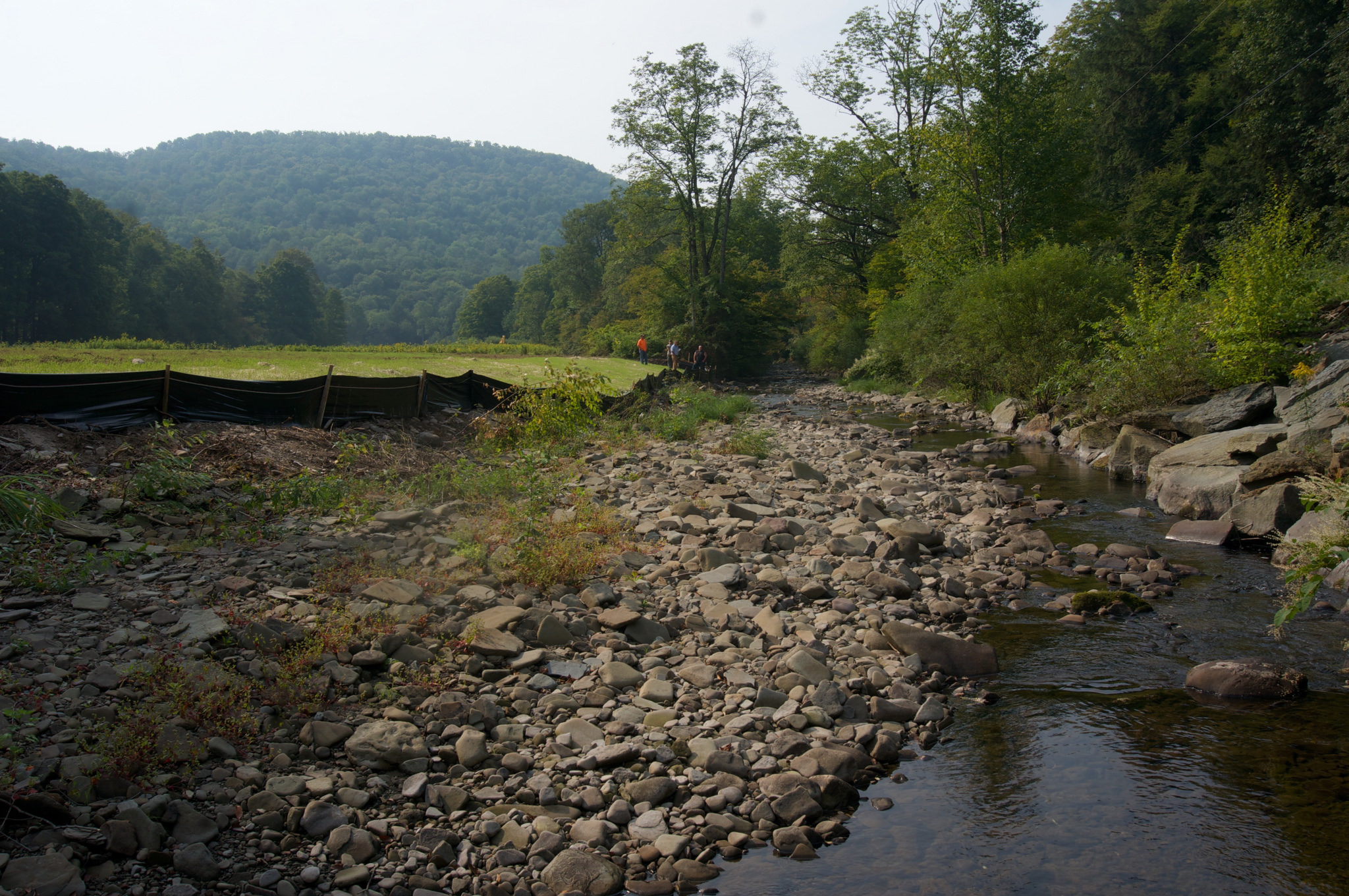
Building Blocks: Boulder Clusters and Log Toes
The crew installed several natural infrastructure components to restore flood plains, fortify stream banks, and enhance fish habitat.
Carefully placed boulder clusters now help prevent river-altering gravel and sediment erosion and boost water quality for downstream communities, while the rocky surfaces have become prime areas for trout to spawn. In a love story for the ages, these boulders were coupled with nearby clusters of logs that provided instream cover and organic material for spawning fish. Together, these log and boulder clusters dramatically improve river health and make for great fishing holes.
Another structure called a roughened log toe, formed by placing multiple logs with their roots intact in a bend in the creek, has helped protect the banks from high-speed floodwaters. By absorbing the impact of rushing high water, roughened log toes prevent mass erosion, which is critically important along roadsides. Over time, the water churning against the root wads will also create cool, shady areas for fish to congregate.
“These guys were used to taking logs out of the water, and here we are asking them to put these logs in the water,” Skelding laughs. “It really is a new way of thinking about mitigating flood damages and protecting fish habitat.”
The next time Delaware County has a flood emergency, residents along Sands Creek can rest assured that their community is more resilient than in previous years while local anglers might even be able to wet a line much sooner. Not bad for pushing some boulders and logs around. And with an all-in project cost of about $300,000, these benefits came at a steep discount compared to many traditional infrastructure options.
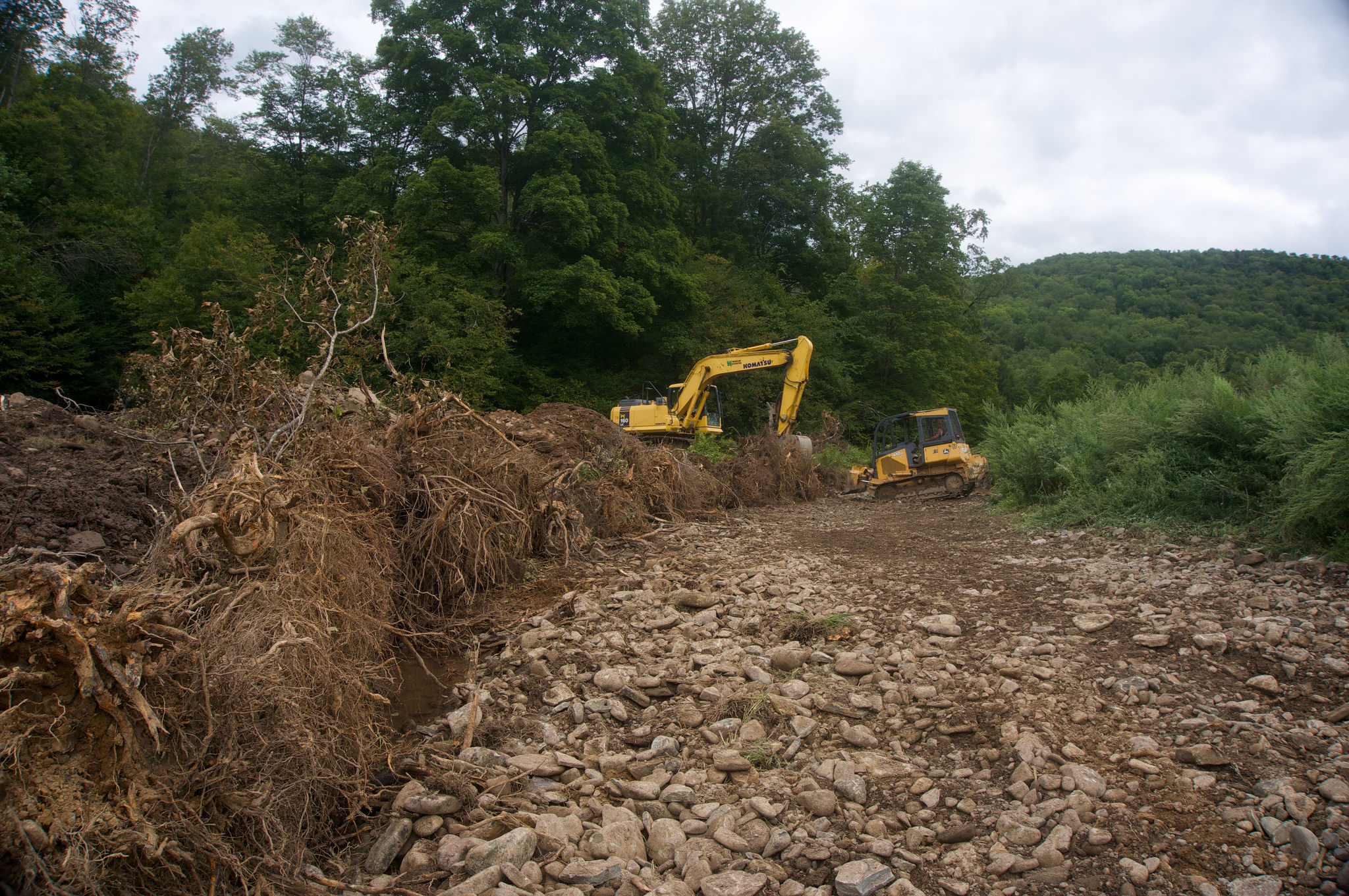
Today, Sands Creek—Tomorrow, the Mississippi
The success of the Sands Creek restoration project highlights the importance of collaboration in conservation, and sportsmen and women played a crucial role in this case. We think this is an important story because, as policymakers consider upgrading our nation’s infrastructure, it is imperative that natural infrastructure solutions, extending from erosion control to wildlife crossing structures, are part of the discussion.
Incorporating these ideas early on can help save money that would have been spent cleaning up a disastrous flood, plus the benefits to wildlife habitat and river access mean anglers can keep doing what we love – all of which boosts local economies.
When conservationists engage with government officials and local businesses to build better rivers, not just new bridges and roads, the benefits can flow far, far downstream.
Want to hear more about re-engineering a river? Click here to hear Jeff Skelding discuss FUDR’s work on the Orvis Fly Fishing Guide Podcast with Tom Rosenbauer.
Top photo by Garth Lenz.

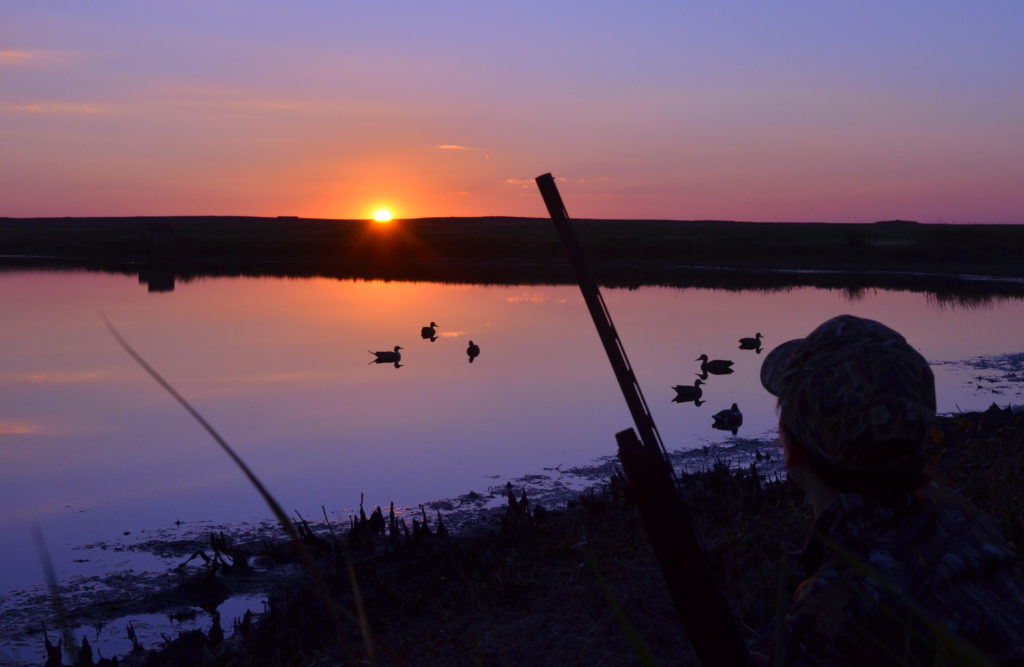
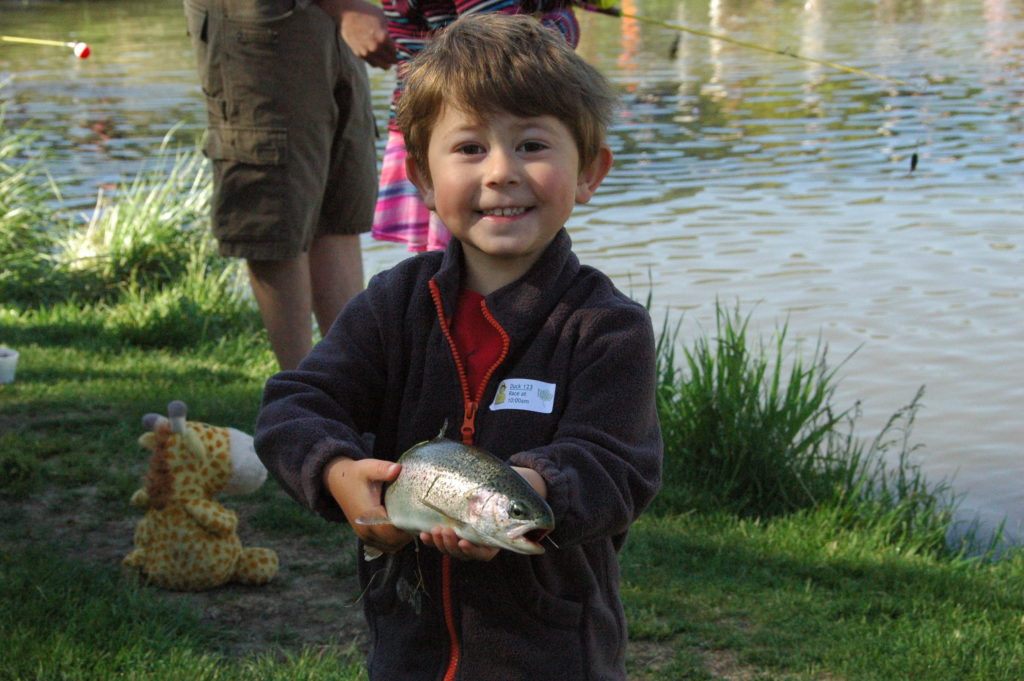
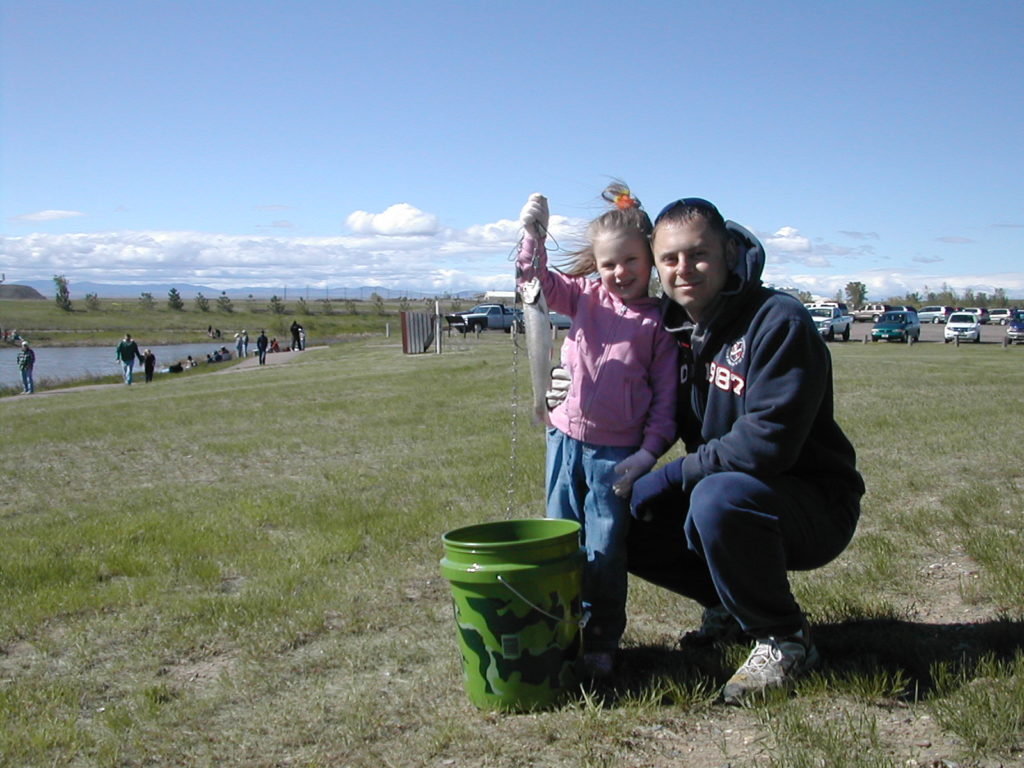
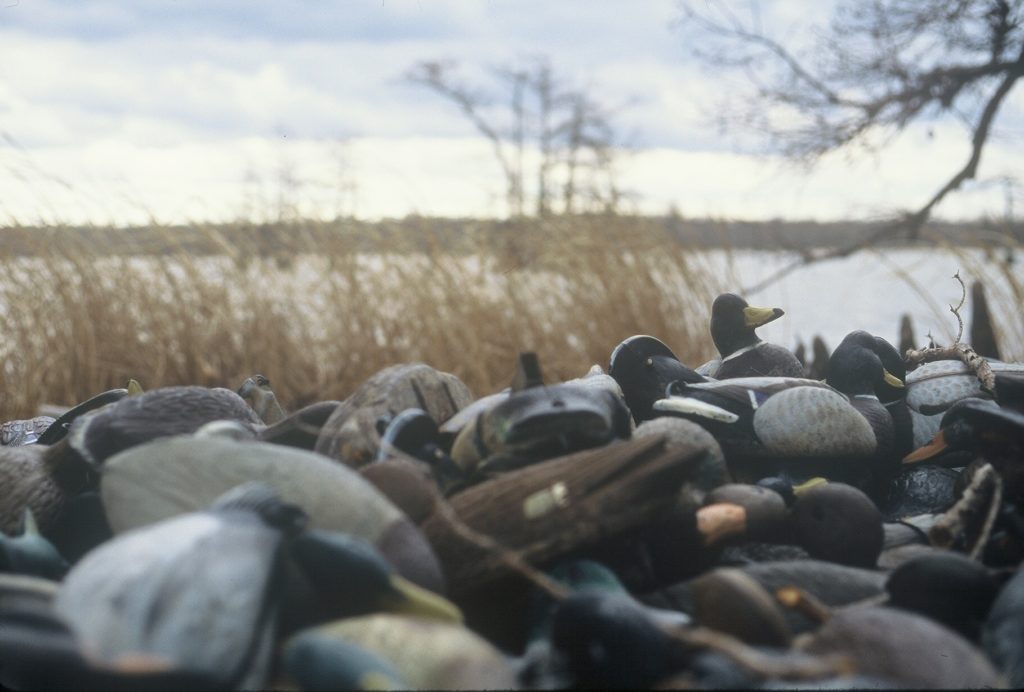
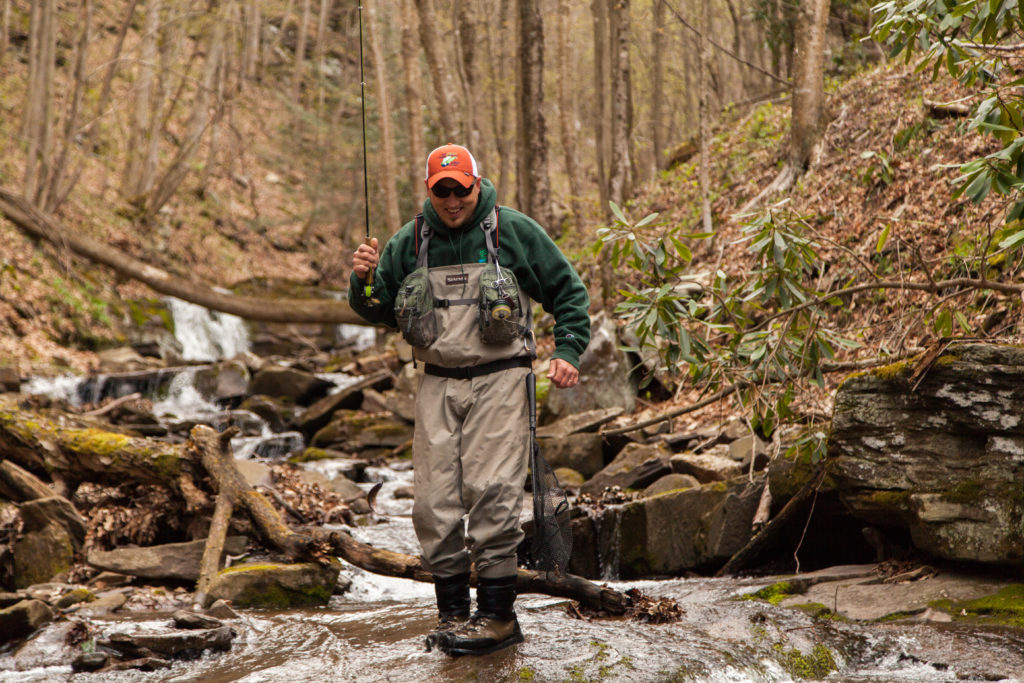
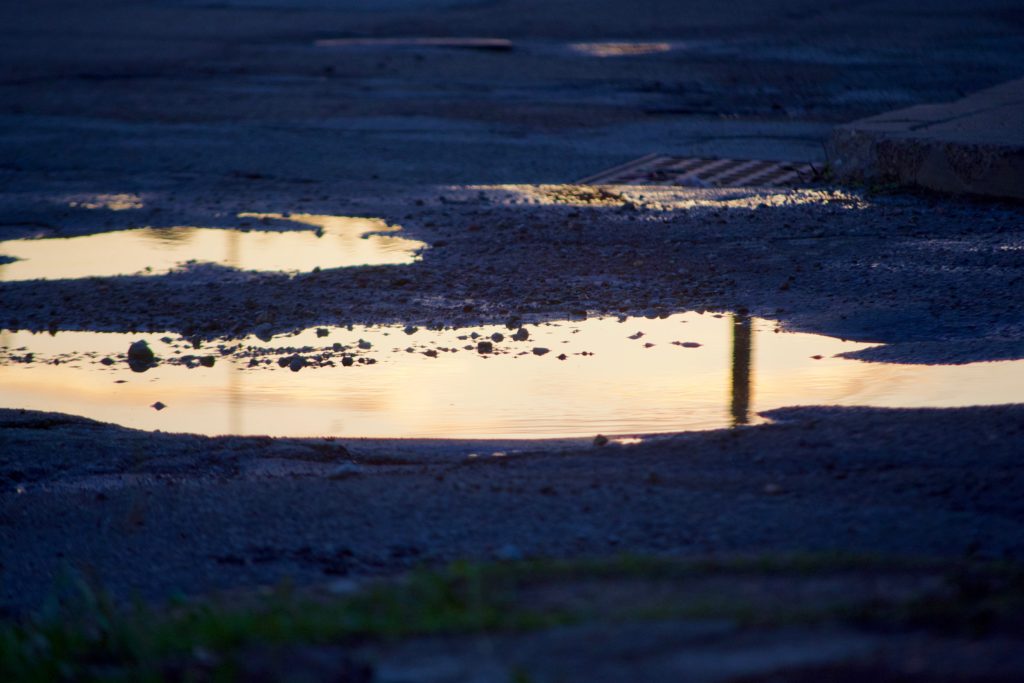
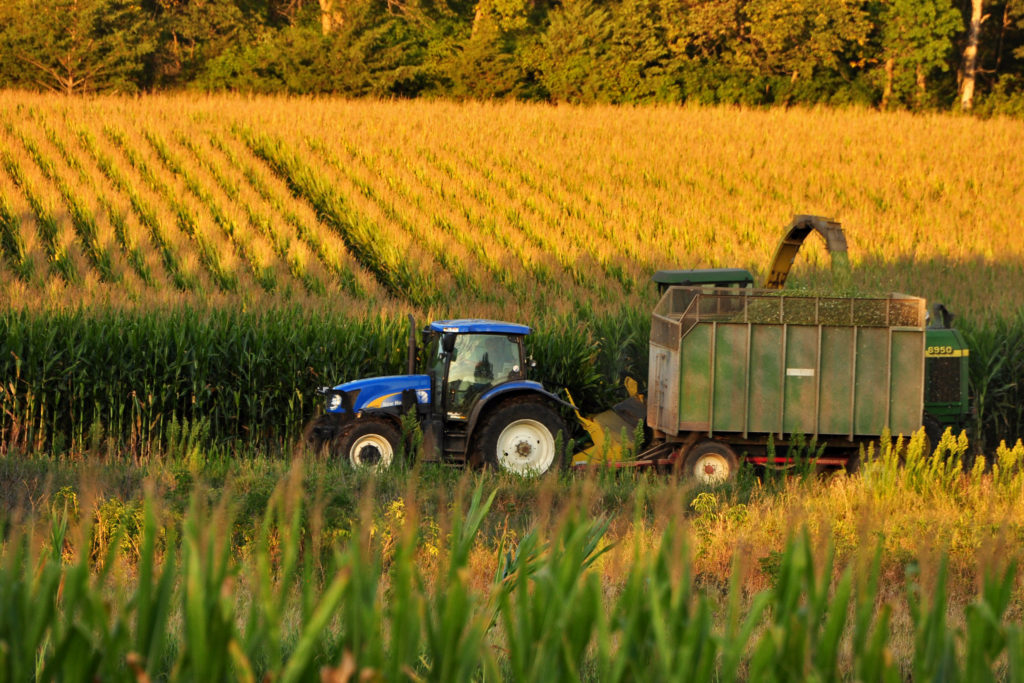
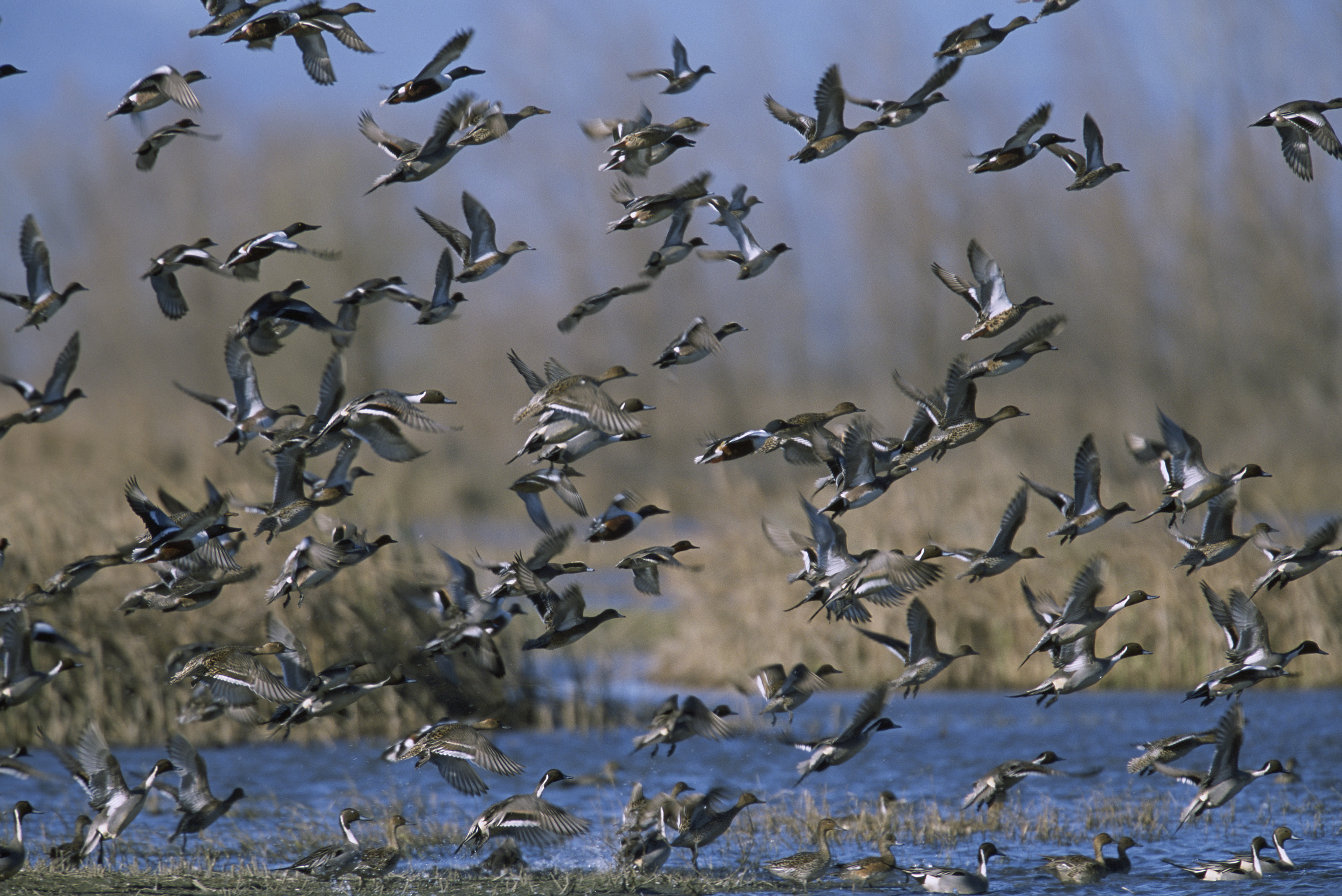

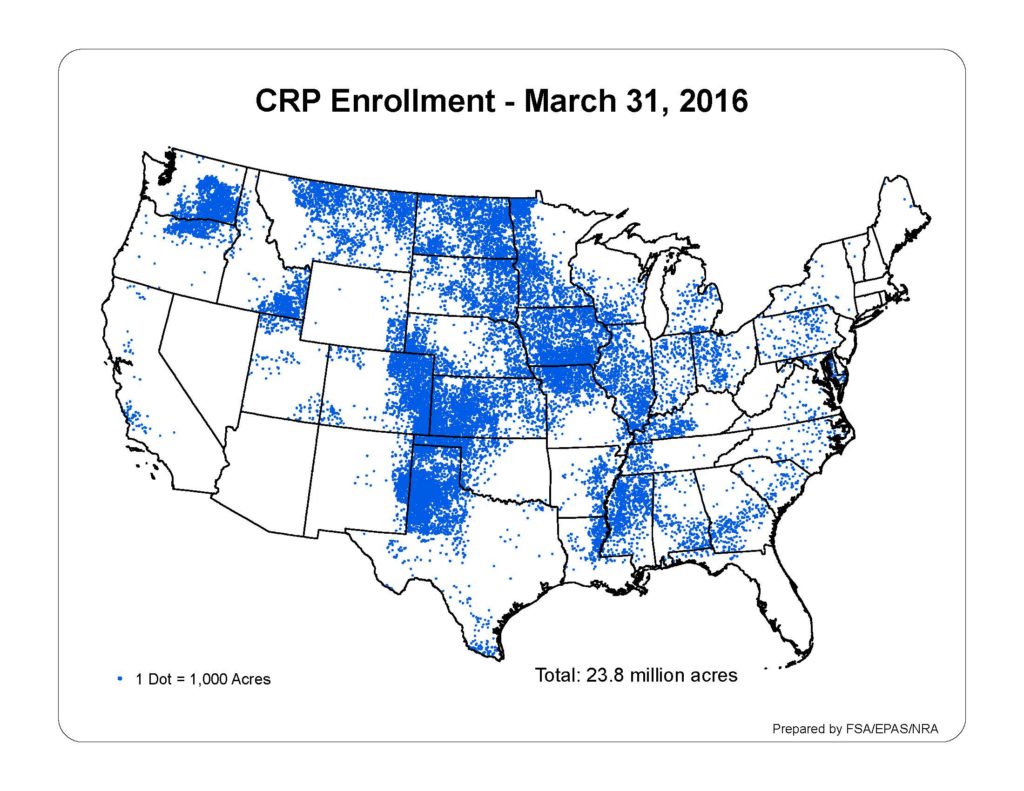
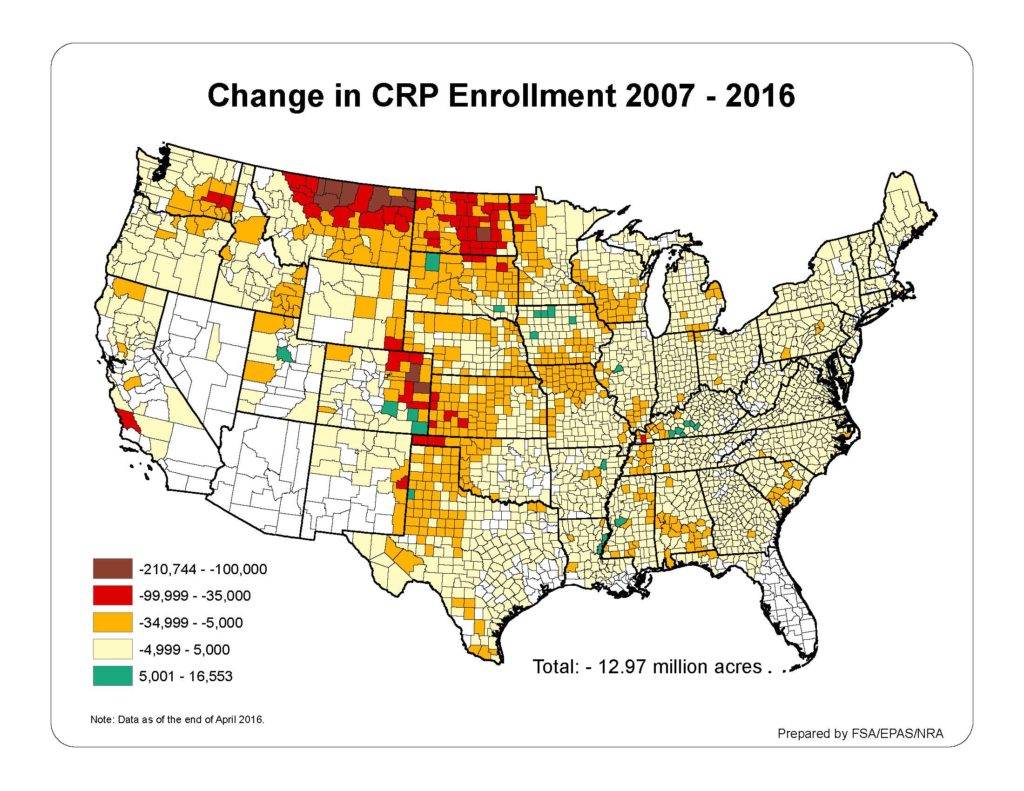
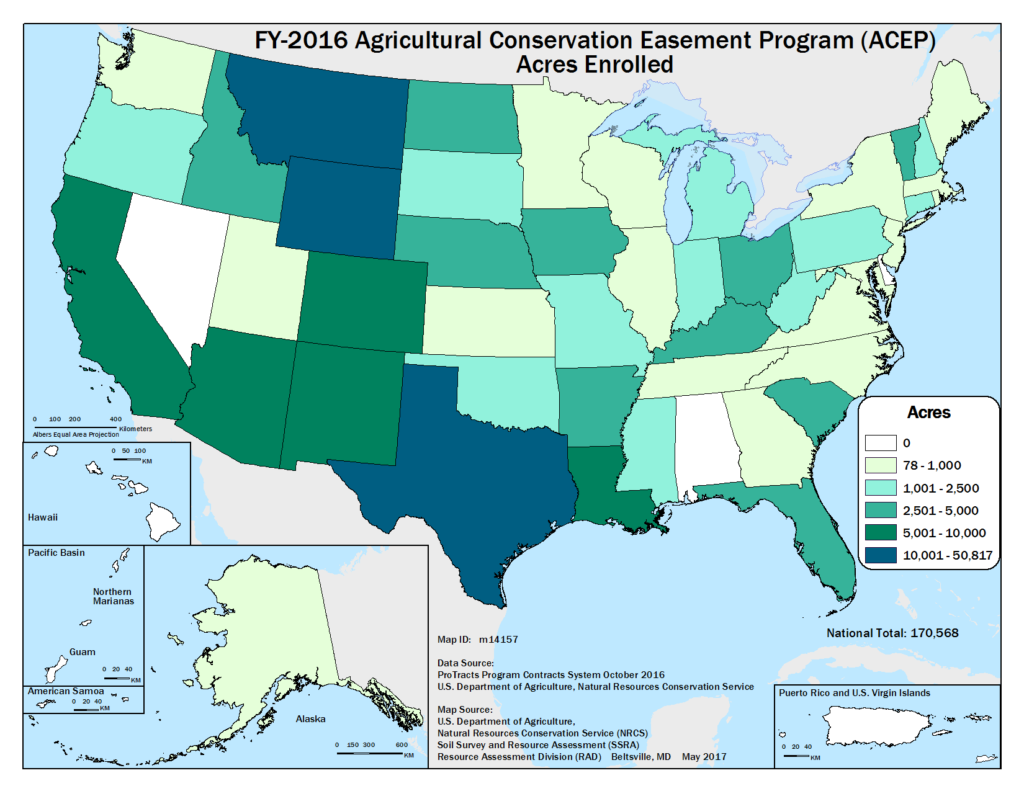
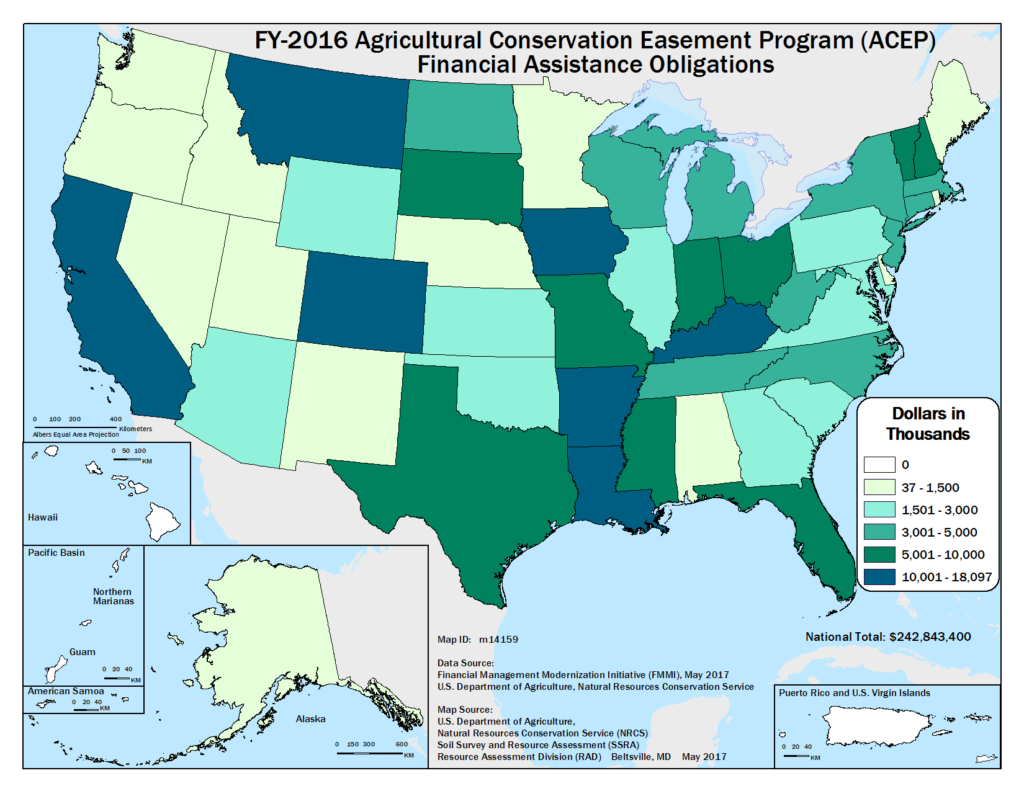
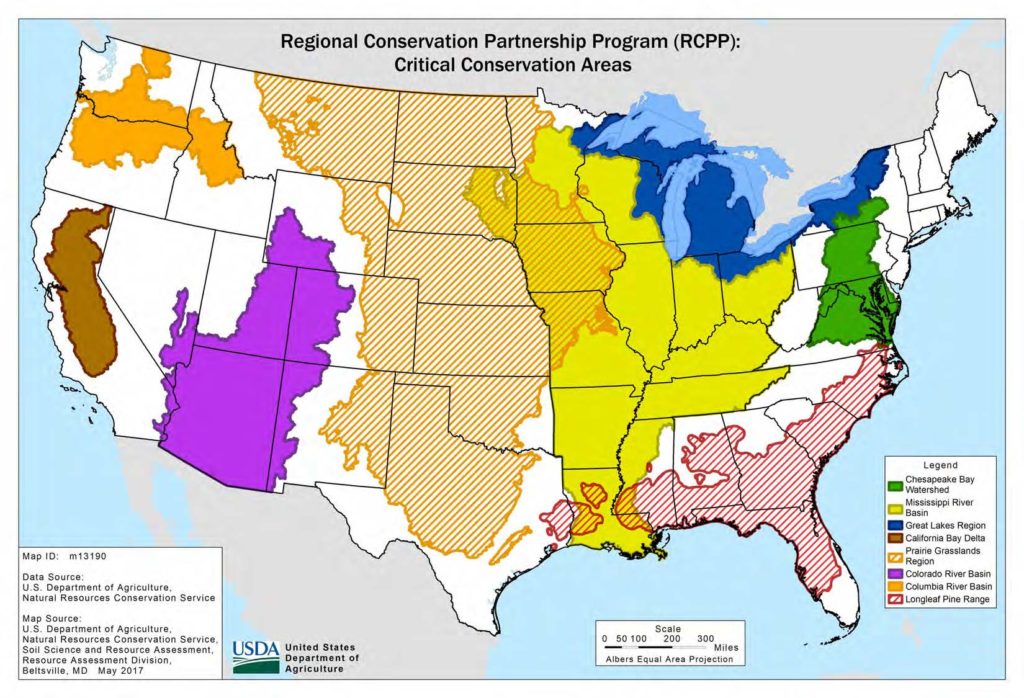
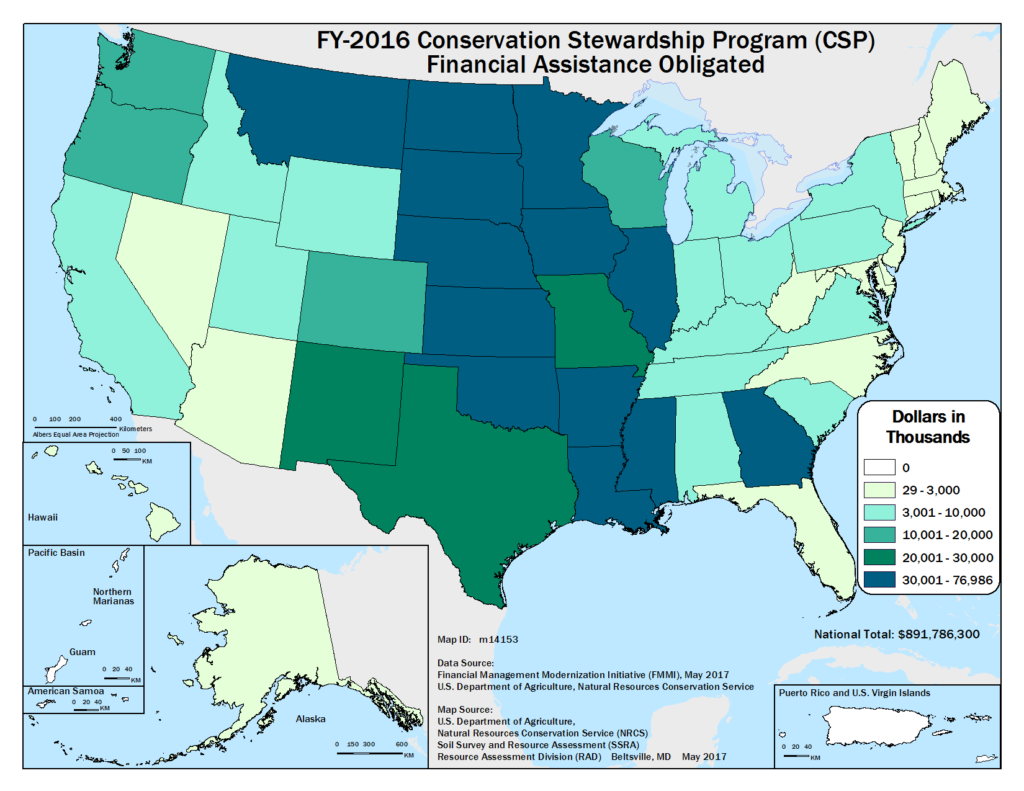
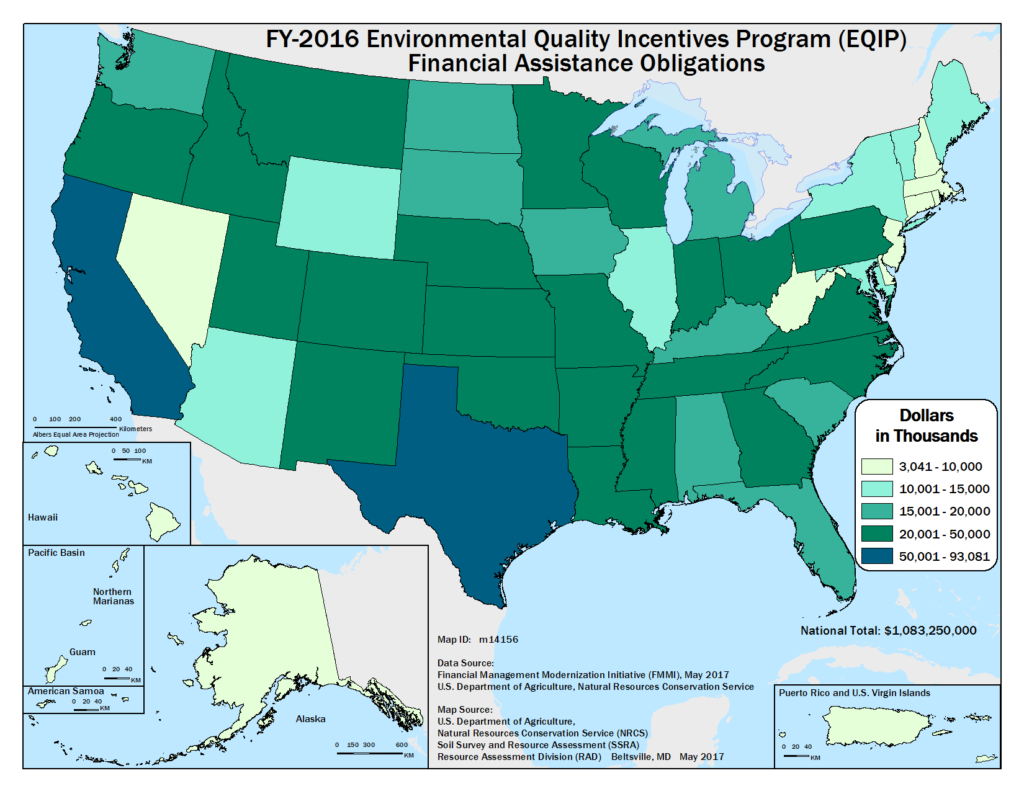
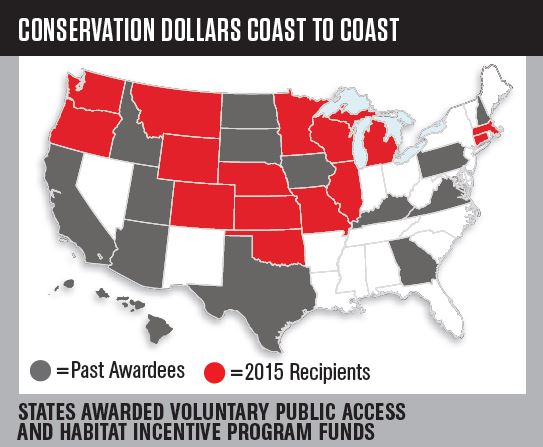
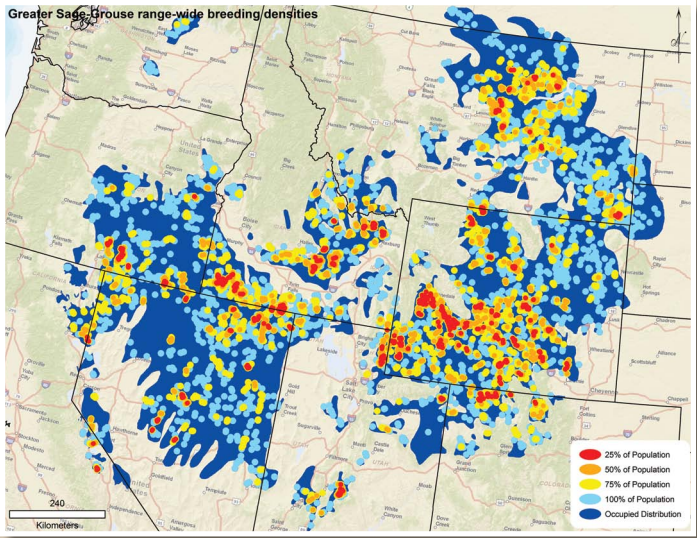
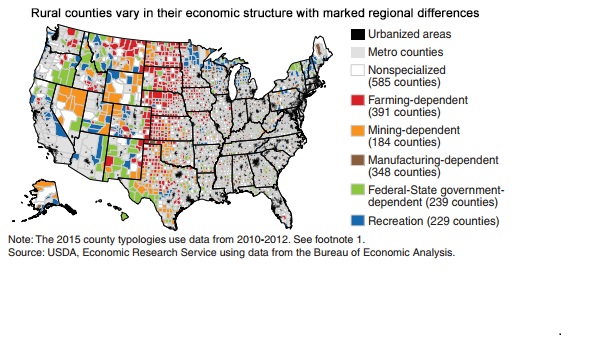




I’d really like to thank TRCP and especially Travis for this very well written article on Sands Creek and the Upper Delaware System. FUDR and their partners all recognized early on that this project was not just about addressing one concern. Habitat, flood mitigation, personal property, and most importantly public safety were all considerations in the design of the Sands Creek project. One crucial point that needs mentioning is that all this work was done on one private landowners property. Without landowner Mary Ann Nichol’s permission (and blessing) this project would not have been possible. If you live downstream from Mary Ann you could not ask for a better gift or a better neighbor. So hats of to all that made this great project a reality and to more great projects and “great neighbors” in the future!
Dan Plummer
FUDR Has created a model for the rest of the nation. Great work!
Enjoyed the article. Keep up the great work y’all.
Well written. Good information on a proactive approach to prevent/minimize flooding.
Well now with water being held for NYC you don’t have to worry about flooding, still have to worry about fish being healthy but noo not flooding. Thank your NPS and whoever else is involved for that one. Greed is a greedy thing.